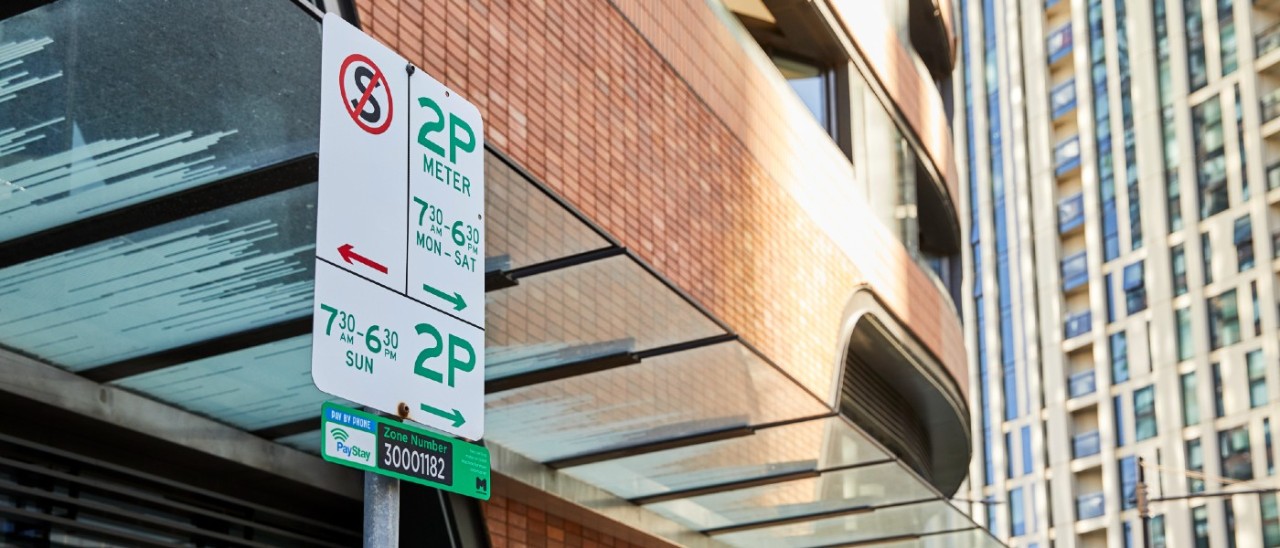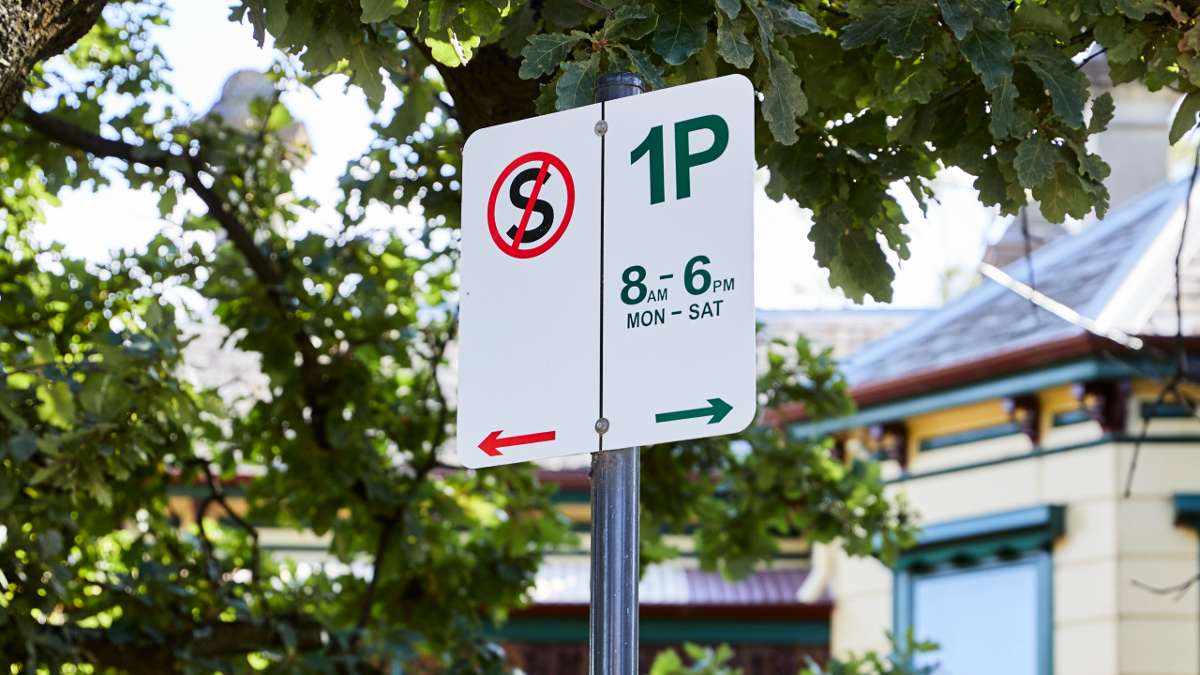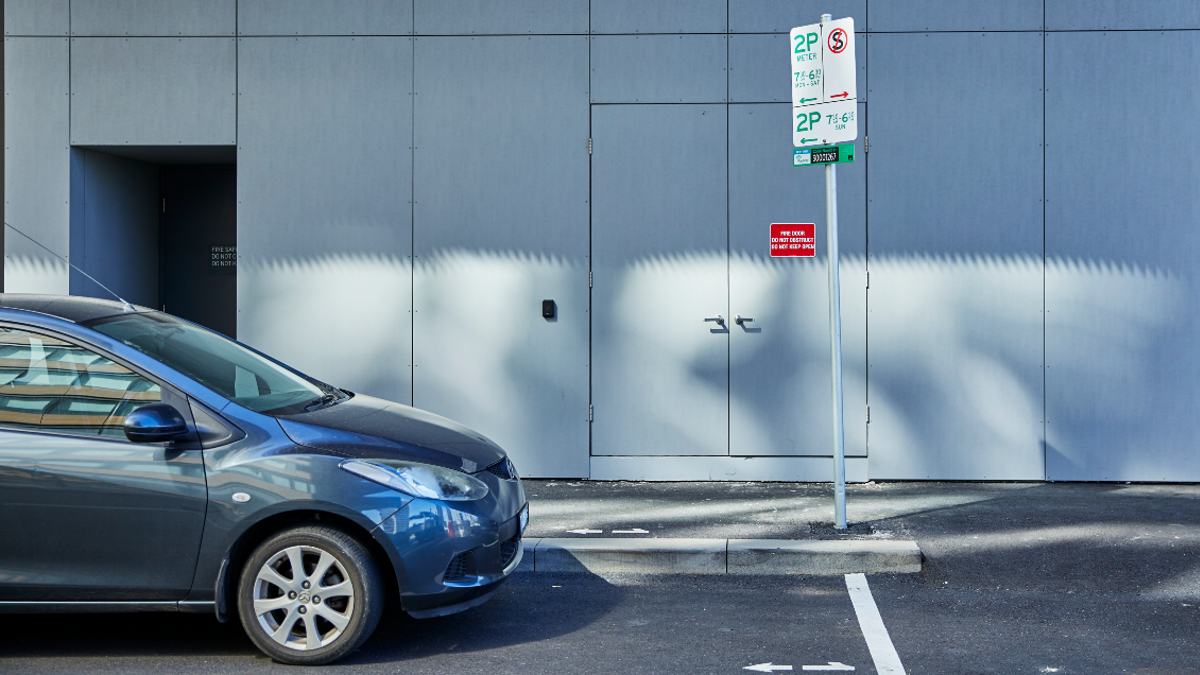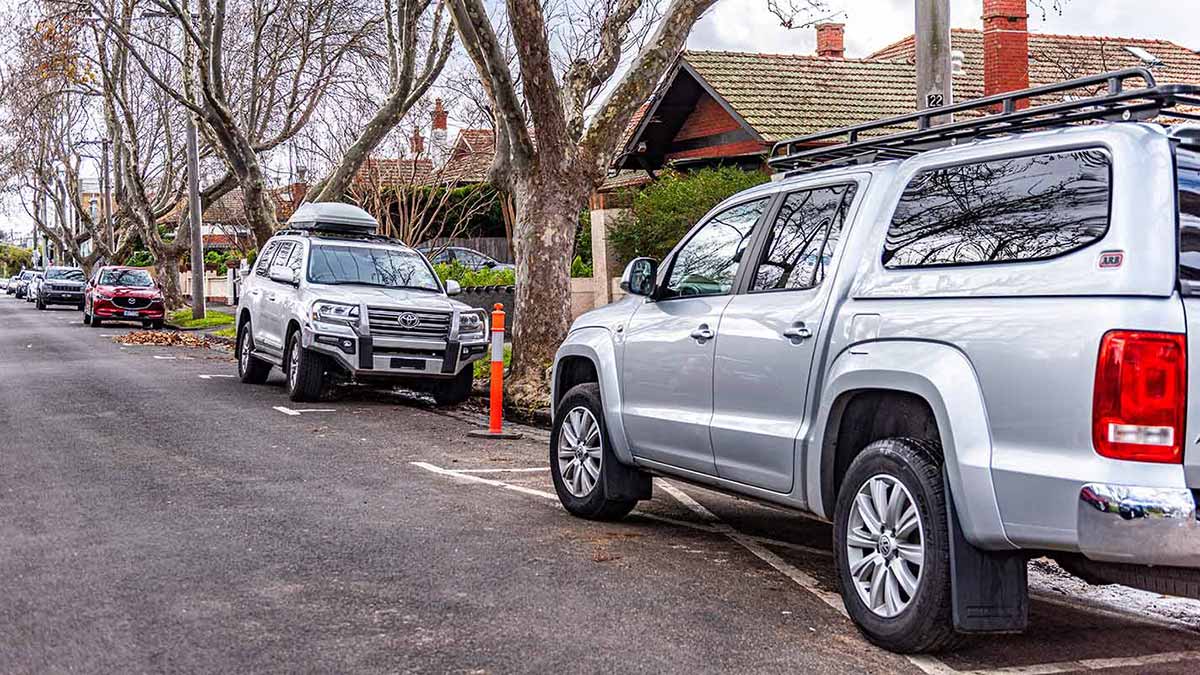ANCAP safety ratings are your best guide to the safest cars, SUVs and utes on sale in Australia and from 2026 will focus on key issues such as EVs, emergency calls and irritating technology. Here’s everything you need to know.
How to read parking signs in Victoria

Learn how to read parking signs across Melbourne and regional Victoria with this easy-to-understand explainer from an RACV expert.
No one likes heading to the shops, only to return to find a parking fine on their windshield - especially when they thought they had parked legally.
It’s easy to be caught out for a parking infringement, but it’s even easier to avoid the fine altogether and take the time to read and understand what parking signs mean.
“Although it may feel like you need some sort of degree to read some parking signs, it is important that you take the time to understand and comply with them,” says RACV Drive School Senior Instructor Silvia Morris.
“Not complying with a parking sign means you're not only risking a hefty fine or having your vehicle towed away, but you may also be creating a road safety risk that puts other road users in danger.”
But what do they all mean? Find out how to tell the difference between ‘no parking’, ‘no stopping’ and ‘clearways’ with this handy guide.
How to read parking signs
Some parking signs are simple while others are more complex, with different parking rules and restrictions depending on the time and day of the week. It’s imperative that you read and understand what rules currently apply to the parking area as per the sign, as not understanding a parking sign is rarely accepted as a reason for an infringement.
Be aware that the rules laid out by any given parking sign apply for any reason that you might be stopped in a parking spot – this includes breakdowns and when you’ve pulled over with hazard lights on.
‘P’
The ‘P’ stands for parking. This letter indicates you can park here. Sometimes there may be a number preceding the P, for example 2P or 1P. The number indicates how many hours you can park there, with or without paying a meter.
Meter
Denotes that parking in this area is metered, meaning you’ll have to pay to park there. This may be done via a parking machine or app. Depending on the type of meter in question, you may need to also display a ticket. It is your responsibility to make sure the ticket is visible on your dashboard, so make sure you display it somewhere that it won’t move or flip over.
Time limits still apply to metered parking. A sign that says 2P meter still means you can only park for a maximum of two hours, even though you’ve paid for it. That is, you can’t top up the meter after two hours and stay longer.

It's important to read the entire parking sign and understand how it applies to the day and time on which you're parking. Photo: Matt Harvey.
Days and times
The listed days and times indicate which days and times the parking restrictions apply to. When reading a parking sign, especially a complex one with multiple restrictions cited, it’s helpful to first consider the day and time you’re parking in, to ensure you’re obeying the sign correctly.
If you're parking outside of the listed times and days – for example a sign only says 2P parking Mon-Fri but you’re parking on a Saturday – you can park unrestricted unless otherwise stated.
Public holidays are an exception. The day and time restrictions on parking signs do not apply during public holidays, unless otherwise specified. For instance, an area that is usually 1P weekdays can be parked in for longer than one hour during weekday public holidays.
This only applies if the sign has days specified – if it doesn’t (e.g. it just says 2P or 2P meter with no days cited) then those parking restrictions apply on all days, including public holidays.
Arrows
Arrows indicate the direction the cited parking restrictions apply to. For instance, a sign with an arrow pointing left means that the restrictions apply to the parking spaces to the left of the sign only.
Disabled parking signs
Represented by a white wheelchair user on a blue background, these parks are reserved for those with a valid disabled parking permit.
“Illegally parking in a space designed for people with disabilities (or commercial vehicles) takes the space away from someone that really needs it, so just don’t do it,” Morris says.

Parallel parking is common in cities but you must leave at least a metre between vehicles. Photo: Matt Harvey.
The difference between ‘no parking’, ‘no stopping’, and ‘clearways’
A ‘no parking’ sign (represented by a ‘P’ in a red circle with a line through it) doesn’t explicitly mean no stopping. You can legally stop in a no parking zone for up to two minutes for the purposes of either picking up or dropping off passengers or goods, but you must also stay within three metres of your vehicle.
However, a ‘no stopping’ (also known as ‘no standing’) sign means just that – no stopping whatsoever for any reason. ‘No stopping’ signs are identified by a black ‘S’ in a red circle with a line through it.
“I often see vehicles illegally parked or stopped in no standing areas and I don’t think some drivers realise the road safety risk that comes with stopping there,” Morris says.
“When other drivers park or even temporarily stop in these no standing areas they block the line of vision other drivers need to make safe gap choices."
‘Clearways’ also do not permit stopping of any kind during the times listed on the sign.
“Clearway zones are usually designed to assist with improving traffic flow during peak hour times, so leaving your car parked in a clearway zone during restricted times means your vehicle is likely to be causing traffic congestion,” says Morris.
If you park in a clearway outside of its specified times, ensure you'll return to your vehicle before it becomes a clearway to avoid risking a fine or having your car towed away. These signs say ‘clearway’ and feature a white ‘C’ on a red background.
Keep in mind that this is not an exhaustive list of parking signs – refer to VicRoads for more information.
Where can I park if I have a council parking permit?
Many local councils in Victoria offer parking permits.
What these permits allow varies between councils and between different types of permits within that council - some allow residents to park in certain areas, to park in certain areas for free, to park in certain areas for longer than is signposted or to allow visitor parking for residents. Some permits are free to residents while others incur a fee.
Contact your local council to see if you are eligible for a parking permit. It's important to understand the rules and limitations of any parking permits you hold as you can still receive a parking fine if you do not adhere to the permit's restrictions.

Even without parking signs there are parking rules motorists must follow. For example, it is illegal to park facing against the direction of traffic.
What are the rules about parking if there’s no signage?
It’s not unusual to need to park somewhere without parking signs, such as in a suburban street. The golden rules when parking under these circumstances is to park in bays where marked, do not cause an obstruction and to allow enough space for other vehicles to safely pass (this means leaving at least three metres of road for motorists to pass you after parking).
Keep in mind that motorists are also required to keep specific distances from a number of features when parking. These include 20 metres from intersections with traffic lights, ten metres from intersections without traffic lights, and three metres of a post box – you can find the full list on the VicRoads website.
Keeping your distance when parking near intersections and corners is especially important. “Vehicles are often found parked illegally near bends, which causes other drivers to overtake the parked vehicle using the oncoming traffic lane when they cannot see what is approaching from around the bend,” says Morris.
Parking on the nature strip in built-up areas is illegal, unless otherwise signposted, as is parking across driveways (you can park for two minutes to pick up or drop off). This applies to your own nature strip and driveway as well. You can park a trailer or caravan on the street, so long as it is less than 7.5 metres long and weighs less than 4.5 tonnes. Be aware that if the caravan or trailer is hitched to a car, then the 7.5m rules applied to the combined length of both vehicles.
Other common parking rules include leaving at least a metre between cars when parallel parking, parking in the direction of traffic, and parking nose-in when parking at an angle other than 90 degrees.
Can I park in an EV car spot?
In Victoria you can only stop or park in a designated electric vehicle parking spot or charging spot if you have an electric-powered vehicle. As per the Victorian Road Safety Rules, an electric-powered vehicle is defined as:
- A vehicle that features one of more electric motors (even if it is also powered by another propulsion system), and;
- Can be recharged by an external source of electricity
This means these car parking spots can be used by EVs as well as plug-in hybrid EVs, such as the BYD Shark 6, Mitsubishi Outlander or BYD Sealion 6.
I’ve received a parking ticket – what do I do?
In Victoria, councils are largely responsible for the enforcement of parking restrictions. If you receive a parking ticket it will provide instructions about who and how to pay the fine. Many councils even provide ways to do this online.
If you’ve received a parking fine and wish to contest it, you’ll also need to do so through the council that fined you but beware there are strict reasons for which a ticket may be rescinded.
The information provided is general advice only. Before making any decisions please consider your own circumstances and the Product Disclosure Statement and Target Market Determinations. For copies, visit racv.com.au. As distributor, RACV Insurance Services Pty Ltd AFS Licence No. 230039 receives commission for each policy sold or renewed. Product issued by Insurance Manufacturers of Australia Pty Ltd ABN 93 004 208 084 AFS Licence No. 227678.


